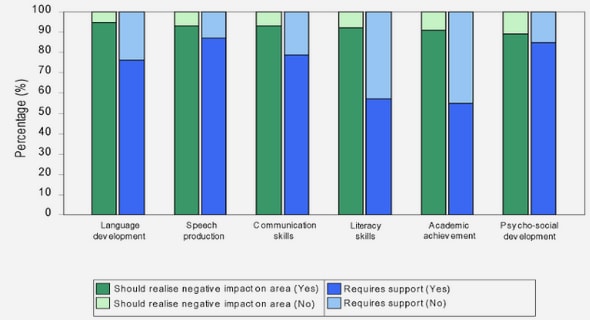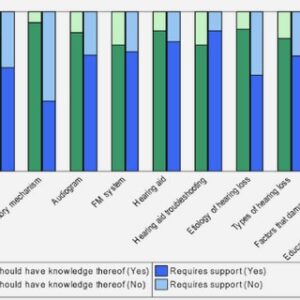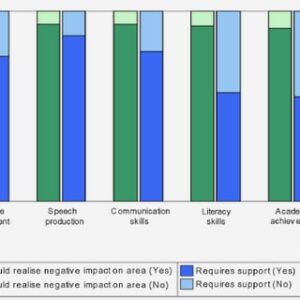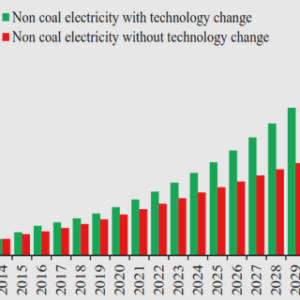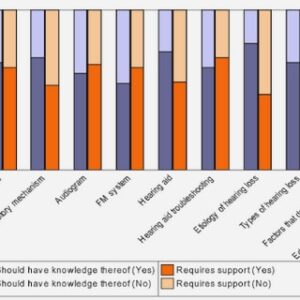(Downloads - 0)
For more info about our services contact : help@bestpfe.com
Table of contents
1 General introduction
1.1 Aquaculture: a fast-growing animal production deserving optimisation
1.2 Starting from the wild: domestication and selective breeding in fish
1.3 Selective breeding in fish: accessing the pedigree?
1.3.1 Not using the pedigree: individual selection
1.3.2 Separate rearing of the families
1.3.3 A posteriori parentage assignment with genetic markers
1.4 The genetics of European sea bass
1.4.1 Population genetics of sea bass
1.4.2 Genetic variation for quantitative traits
1.5 Sex ratio in the sea bass: a difficult trait to deal with
1.6 A two-steps approach for studying genetic variation and its application to sea bass culture
2 Genetic variation as revealed by between-family variation in common garden experiments
2.1 Genetic variation for body size
2.1.1 Introduction
2.1.2 Material and methods
2.1.2.1 Animals
2.1.2.2 Data collection.
2.1.2.3 Parentage assignment
2.1.2.4 Statistical analyses
2.1.3 Results
2.1.4 Discussion
2.1.4.1 Deformities
2.1.4.2 Maternal effect
2.1.4.3 Heritability estimates
2.1.4.4 Genotype by environment interactions
2.1.4.5 Correlations between growth traits
2.1.5 Summary
2.2 Genetic variation for growth rate
2.2.1 Introduction
2.2.2 Material and methods
2.2.2.1 Animals
2.2.2.2 Data collection
2.2.2.3 Statistical analyses
2.2.3 Results and discussion
2.2.4 Summary
2.3 Additional data: genetic correlations between initial weight, slaughter weight and growth rate
2.4 Genetic variation for sex ratio
2.4.1 A polygenic hypothesis for sex determination
2.4.1.1 Introduction
2.4.1.2 Material and methods
2.4.1.3 Results
2.4.1.4 Discussion
2.4.1.5 Summary
2.4.2 Supplemental information
2.4.2.1 The threshold model for sex determination
2.4.2.2 Genetic and environmental correlations of sex tendency and body length at different ages
3 Effects of domestication and directional selection for body length
3.1 Selection response for growth
3.1.1 Introduction
3.1.2 Materials and methods
3.1.2.1 Selection of sires
3.1.2.2 Constitution of the experimental progeny
3.1.2.3 Rearing conditions and phenotyping
3.1.2.4 Parentage assignment
3.1.2.5 Statistical analyses
3.1.3 Results
3.1.3.1 Parentage assignment
3.1.3.2 Selection response in separate tanks
3.1.3.3 Selection response in mixed tanks
3.1.4 Discussion
3.1.4.1 Parentage assignment in mixed tanks
3.1.4.2 Response to selection
3.1.4.3 Effect of domestication
3.1.4.4 Possible application of the results at commercial scale
3.1.5 Summary
3.2 Selection response for sex ratio
3.2.1 A necessary baseline: sex ratios in wild sea bass populations
3.2.1.1 Introduction
3.2.1.2 Material and methods
3.2.1.3 Results
3.2.1.4 Discussion
3.2.1.5 Summary:
3.2.2 Sex ratio changes in domesticated and selected populations
3.2.2.1 Introduction
3.2.2.2 Material and methods
3.2.2.3 Results
3.2.2.4 Discussion
3.2.2.5 Summary
3.2.3 Additional data: genetic correlation of growth and sex tendency over time
3.3 Modelling the mid-term evolution of growth and sex ratio in farmed sea bass populations under selection for growth
3.3.1 Why model the evolution of sex ratio under selection for growth ?
3.3.2 A stochastic simulation model
3.3.3 Parameters tested
3.3.4 Results and discussion
4 General Discussion
4.1 Summary of the main results
4.2 A perspective for sea bass domestication and breeding programmes
4.2.1 A proof of concept of the use of marker-based parentage assignment
4.2.2 Selection for increased body weight
4.2.3 Genotype by environment interactions for growth: which consequences?
4.2.4 Practical consequences of genetic variation for sex ratio
4.2.5 How to move towards monosex female sea bass populations?
4.3 An evolutionary perspective on the genetic variation of sex ratio in sea bass, and its relations with growth
4.3.1 Polygenic sex determination: a very peculiar system ?
4.3.2 The adaptive significance of polygenic sex determination (in sea bass)
4.3.3 Sex determination and sex differentiation?
4.4 Conclusion
5 Bibliography
